Statewide Flammable cladding crisis: More than 1400 buildings combustible
EXCLUSIVE: More than 1400 buildings in 26 local government areas across NSW have been identified to potentially contain combustible cladding in the past 12 months.
- Owners in dispute with ‘viral’ developer over cladding fears
- Residents in dark over 63 potential fire-risk buildings
- The major concerns for Sydney’s future revealed
- Law firm questions NSW Government cladding taskforce
The state’s building crisis — which has already claimed several high-rise residential towers after devastating cracking was uncovered — has now reached the suburbs, with thousands of potential death traps identified across greater Sydney.
The Saturday Daily Telegraph can exclusively reveal a total of 1422 buildings have been identified to potentially contain combustible cladding by 26 councils in the past 12 months.
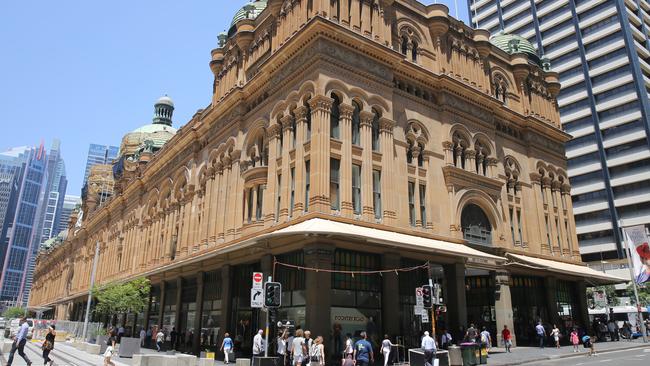
The mammoth statistic across the state has led to two class actions against combustible cladding manufacturers.
Lawyers and the NSW Opposition are calling on the State Government to publicly identify buildings on the NSW Cladding Taskforce Register currently under lock and key.
The highest number of potentially combustible cladded buildings were found in the City of Sydney with 350 cases, Parramatta with a total of 174 buildings, Canterbury Bankstown Council which uncovered 85 buildings, Bayside Council with 71 and Canada Bay Council with a total of 66.
Wollongong Council has identified 56 buildings of concern, while Georges River Council identified a total of 44 buildings.
A City of Sydney spokesman revealed the worst affected local government area has hired a dedicated team of combustible cladding officers, led by the council’s fire safety specialist, to deal with buildings identified.
“The team works closely with building owners and their representatives to determine the appropriate action to remedy any cladding concerns,” the spokesman said.
A Parramatta Council spokeswoman said it had undertaken initial site inspections of all 174 buildings, with 74 so far cleared as “compliant”.
“Of the 100 buildings still under investigation, six were recently found to have the non-compliant cladding installed, and council is in the process of issuing orders to ensure these buildings are rectified,” the spokeswoman said.

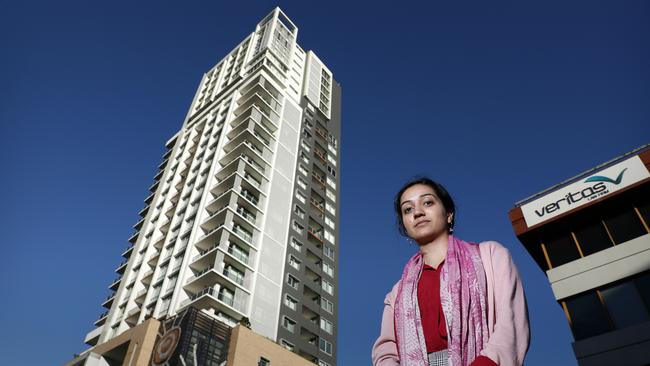
A Canterbury Bankstown spokeswoman said residential apartment buildings, shared accommodation, office buildings, shops, carparks and aged care facilities made up the 85 buildings concerned.
“We strongly urge the NSW Government to follow the lead taken by Victoria this week, and allocate funds to rectify buildings where inappropriate materials have been used in construction, leading to safety concerns,” the council spokeswoman said.
Councils including Hunters Hill, Fairfield, Newcastle, Sutherland and Central Coast refused to disclose the figures on buildings identified as part of the cladding investigation.
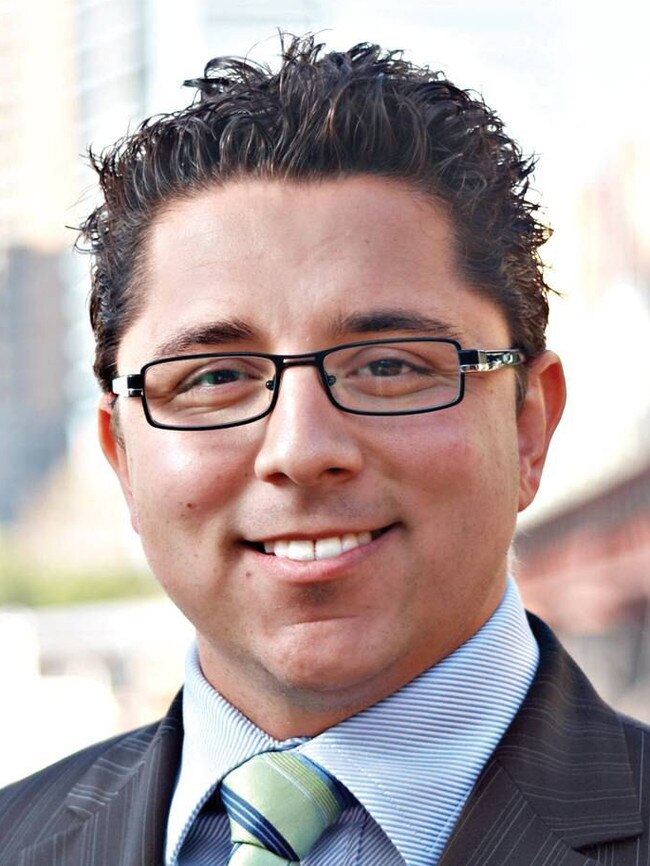

William Roberts Lawyers Principal, Bill Petrovski, and litigation funder IMF Bentham launched Australia’s first class action against manufactures of two different type of potentially flammable cladding, including the German producer of Alucobond polyethylene-core aluminium composite panels 3A Composites and the exclusive nationwide supplier Halifax Vogel Group, as well as the manufacturer of Vitrabond PE core cladding products, Fairview Architectural.
“Several hundred buildings have been identified to be affected by the use of these two types of combustible cladding,” Mr Petrovski told The Telegraph.
“We are in the same position as some building owners, because we are trying to make representation to people affected, but we don’t know the locations of the buildings on the NSW (Taskforce) Register.”
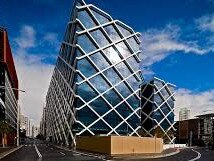
IMF Bentham, which is made up of a former judge and class action specialists, has driven over 80 class actions since 2001, with a 95 per cent success rate.
Despite the fact that a whopping 16.44 millionsq m of “highly flammable Polythene core cladding” has been sold in Australia since 1980, with a most of it going into buildings since the mid-1990s, the building and construction class actions are limited to installations from 2009 onwards.
The class actions, which are designed so all buildings identified to contain the materials are automatically represented, were launched in April this year.
The building development and class action specialist said it was “unfathomable” how much the removal and installation of new products could cost across the country, however industry expert Daron Hodder has estimated the nationwide figure “could be as high as $10 billion”.

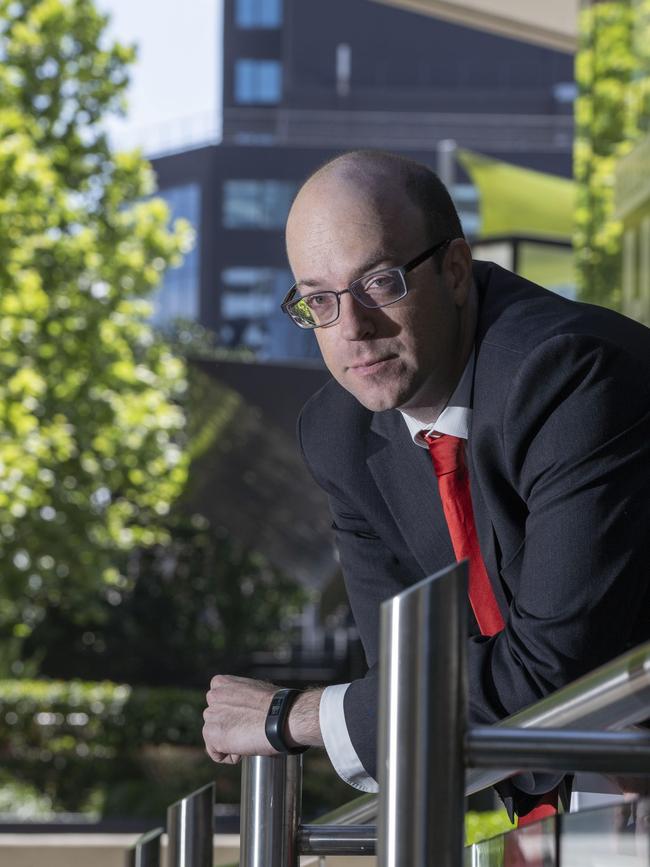
Building and Construction law specialist, Ben Robertson, also called for the NSW Government to make the Register public, as he continues to field dozens of inquiries from strata managers and building owners on fire safety concerns.
“What we are seeing in the market is building owners trying to avoid action until they are forced to,” he said.
“I suspect that until councils start issuing Fire Safety Orders, the cost of insurance premiums skyrockets or a devastating fire occurs in NSW, there will not be an immediate motivator to replace cladding.”
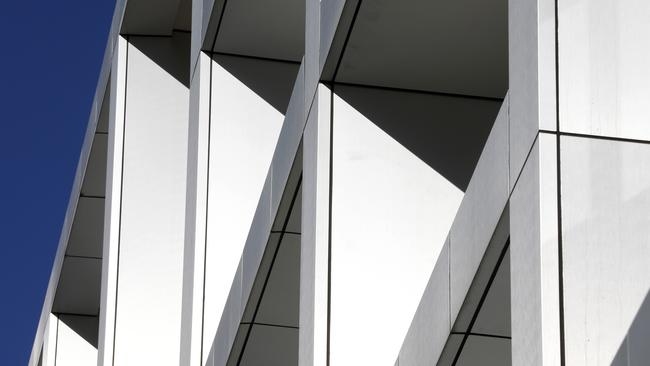
NSW Labor also echoed legal professionals calls for the government to make the list public, “and update the community on which buildings have since been had their cladding removed or made safe”.
Acting Shadow Treasurer Ryan Park said the community was looking to the government to take leadership on the issue.
“It’s is not good enough just to create a list of buildings that are at risk and then wash your hands of the issue — we are talking about people’s safety,” he said.
“The community relies on the state to provide leadership on issues as serious as this and it is clear that yet again — just like with the Opal building and Mascot Towers — this government clearly lacks the capacity and ability to do just that.”

A NSW Planning Department spokesman refused to make the Taskforce Cladding Register public, claiming “publishing information about potential risks that are as yet unconfirmed could create unfounded and unnecessary concern”.
NSW Better Regulation and Innovation Minister Kevin Anderson said the NSW Government has highlighted a total of 154 projects, “which owners should consider as priority”.

“All buildings that were identified as posing a potential higher risk due to the presence of cladding, as part of the Cladding Taskforce initial assessment, have been formally referred by the fire commissioner to the respective local councils,” he said.
“The referral by the commissioner requires council to undertake an investigation of the fire safety of the building, or require building owners to do so, and requires the Councils to formally report back to the commissioner.”
A NSW Treasury spokesman said no decision has been made on whether any government agencies would seek leave to join any civil actions underway related to cladding.
BUILDINGS IDENTIFIED TO CONTAIN POTENTIALLY COMBUSTIBLE CLADDING BY LGA
• Randwick — 45
• Ryde — 17
• Strathfield — 23
• Sutherland — REFUSED
• Sydney — 350
• Waverley — 5
• Willoughby — 60
• Woollahra — 15
• Wollondilly — 0
• Hunters Hill — REFUSED
• Inner West — 55
• Ku-ring-gai — 30
• Liverpool — 23
• Mosman — 18
• North Sydney — 61
• Northern Beaches — 4
• Parramatta — 174
• Penrith — 17
• Bayside — 71
• Blacktown — 29
• Camden — 14
• Fairfield — REFUSED
• Campbelltown — 28
• Canada Bay — 66
• Canterbury — Bankstown — 85
• Cumberland — 59
• Hornsby — 10
• Hills — 63
• Newcastle — REFUSED
• Georges River — 44
• Wollongong — 56
• Central Coast — REFUSED


